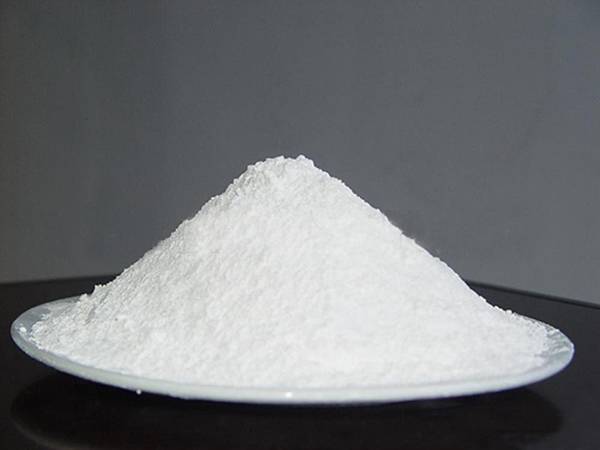



purpose of caustic soda
The Purpose of Caustic Soda A Versatile Chemical Compound
Caustic soda, scientifically known as sodium hydroxide (NaOH), is a highly versatile chemical compound with numerous applications across various industries. Its strong alkaline properties make it essential in chemical manufacturing, food processing, and even household cleaning products. Understanding the purpose of caustic soda helps highlight its significance in modern society and the economy.
One of the primary purposes of caustic soda lies in its role in the chemical industry. It serves as a key ingredient in the production of various chemicals, including hydrochloric acid, sodium carbonate, and sodium phosphates. During the manufacturing process, caustic soda acts as a strong base that facilitates various chemical reactions. This capability makes it indispensable in the synthesis of dyes, detergents, and soaps. For instance, in the production of soap, sodium hydroxide reacts with fats and oils in a process known as saponification, leading to the creation of cleansing agents that benefit daily hygiene.
In addition to chemical production, caustic soda is widely used in the paper and pulp industry. The process of transforming wood into paper involves breaking down lignin and cellulose, which is achieved through pulping. Caustic soda plays a crucial role in this process by dissolving lignin, thus enabling the extraction of cellulose fibers. This not only enhances the quality of paper products but also helps in recycling and reusing waste paper, contributing to sustainability efforts within the industry.
purpose of caustic soda

Moreover, caustic soda finds applications in the food processing industry. It is commonly used in food preparation and preservation, especially in the production of processed foods. For example, lye, a solution of caustic soda, is used to cure olives, resulting in reduced bitterness and improved taste. It is also employed in creating a unique texture in items such as pretzels and bagels, where dipping the dough in a lye solution produces that characteristic chewy crust. Additionally, its ability to adjust pH levels makes caustic soda an important agent in various food preservation processes.
In the realm of water treatment, caustic soda plays an essential role in neutralizing acidic water, thereby improving overall water quality. By adjusting pH levels, it helps in precipitating heavy metals and enhancing the effectiveness of flocculation, which leads to cleaner, safer drinking water. This application underscores the compound’s importance in public health, as access to clean water is a fundamental necessity for any community.
Additionally, caustic soda is commonly found in household cleaning products due to its powerful grease-cutting abilities. It effectively breaks down organic materials, making it ideal for heavy-duty cleaners, drain uncloggers, and disinfectants. However, it is crucial to handle caustic soda with care, as it is corrosive and can cause severe burns. Proper usage and safety measures are paramount when utilizing this chemical in domestic settings.
In conclusion, the purpose of caustic soda extends far beyond its common name. From its vital role in industrial applications to its usefulness in everyday life, sodium hydroxide is an essential chemical compound that aids in various processes. Its applications span multiple sectors, including chemical manufacturing, food processing, paper production, water treatment, and household cleaning. As industries continue to evolve and seek sustainable practices, the significance of caustic soda remains steadfast, underscoring its indispensable place in modern society.
-
Why Sodium Persulfate Is Everywhere NowNewsJul.07,2025
-
Why Polyacrylamide Is in High DemandNewsJul.07,2025
-
Understanding Paint Chemicals and Their ApplicationsNewsJul.07,2025
-
Smart Use Of Mining ChemicalsNewsJul.07,2025
-
Practical Uses of Potassium MonopersulfateNewsJul.07,2025
-
Agrochemicals In Real FarmingNewsJul.07,2025
-
Sodium Chlorite Hot UsesNewsJul.01,2025










